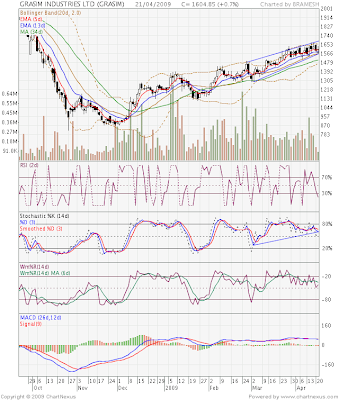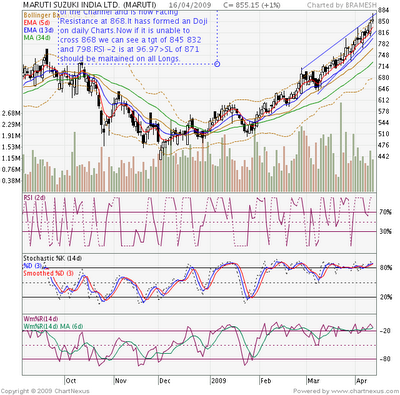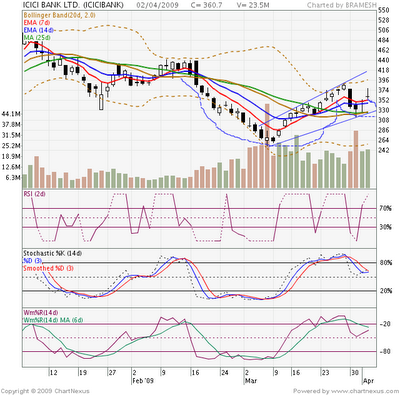In almost all instances, the root cause of a financial crisis is an asset bubble. But how does this bubble form, what finally causes it to pop and how can investors profit before it goes bust?
In order for a market to attain the excessive valuations necessary to prompt a crisis, a prolonged period of price appreciation combined with a large number of new entrants to the market is usually necessary. Read on to learn more.
Crisis in the making
The combination of price appreciation and an increase in new entrants to the market are defining characteristics of market bubbles. Investors should remember that many bubbles are based on attractive fundamentals, which explain why money flows into the market in the first place.
However, at some point, so much money flows into the market that valuations exceed even those justified by attractive fundamentals, signaling the end of a bull market and the beginning of a bubble. Bubbles are fueled by the collective greed of investors. When this greed turns to fear, a crisis can ensue as investors rush to sell their holdings in a declining market.
Common factors
In addition to the emotions of greed and fear, a review of the historical record shows that several common factors have been present at the onset of many financial crises. These factors include:
- asset/liability mismatch
- excessive leverage
- excessive risk
- currency mismatches
Frequently, more than one of the factors are present, and each of the factors can be heightened by another.
Asset/liability mismatch
An asset/liability mismatch occurs when there is a wide differential margin between the duration of a financial institution's loans and investments and its deposits or other funding sources. This factor was present in the 2007 collapse of Bear Stearns and the 2008 Lehman Brothers bankruptcy.
Both of these firms were highly dependent on short-term financing to conduct their operations. However, the assets that they held proved to be illiquid during the credit crisis, and were therefore effectively long-term in nature. This mismatch between the firms' assets and liabilities directly contributed to their bankruptcies.
Excessive leverage
Asset/liability mismatches are present to some degree in many financial institutions. In fact, one of the main purposes of financial intermediaries is to facilitate the transformation of short-term deposits into long-term loans. Under normal circumstances, this mismatch is manageable.
However, the problem becomes particularly acute when financial institutions employ excessive leverage. Excessive leverage exacerbated the asset/liability mismatch at Bear Stearns and Lehman Brothers and was also the main cause of the Long-Term Capital Management collapse in 1998.
Excessive risk
Another common cause of financial crises is that financial institutions take on excessive risk. This may occur intentionally, like when savings and loan institutions invested in risky real estate deals in the 1980s, eventually prompting the S&L crisis. Excessive risk can also occur unintentionally; investment banks and other financial institutions that purchased mortgage-backed securities prior to the 2008 credit crisis believed they were safe.
In another famous example, Long-Term Capital Management believed that its portfolio held little risk because each of its trades was individually offset by other trades. However, when extraordinarily high volatility hit the financial markets in 1998, all of LTCM's trades began to move in the same direction, prompting massive losses and fears of a systemic financial collapse.
Currency mismatch
Governments sometimes find themselves in trouble when their borrowing is denominated in a foreign currency. This is a common factor in emerging market debt crises, including the Latin American debt crisis of the 1980s, the Asian financial crisis of 1997 and the Argentinian debt default of 2002.
In all these instances, the governments had issued bonds or received loans denominated in foreign currencies. When the countries' currencies began to decline in value, the cost of repaying the foreign currency debt increased dramatically, prompting a crisis.
Economic impact of financial crises
Financial crises do not always have a severe economic impact. The US stock market crash in October, 1987 was the worst in US history to date, but the market soon recovered and there was minimal economic impact.
On the other hand, some financial crises have caused severe economic damage. The Japanese equity and real estate market declines that began in 1990 ushered in a deflationary period in Japan, and sub-trend growth that persisted for nearly two decades.
Although the recovery from the 1997 Asian financial crisis occurred fairly rapidly, the short-term damage was extremely severe. In the year following the crisis, GDP growth contracted by 13.1 per cent�in Indonesia, 7.3 per cent�in Malaysia and 10.5 per cent�in Thailand.
Unfortunately, there is no obvious reason as to why some economies suffer following a financial crisis while others do not. However, there is a large body of research on how to mitigate the effects of a financial crisis and it seems very likely that by minimizing the severity of the crisis, policy makers can improve the chances that the broader economy will not be severely damaged.
Preventing and mitigating financial crises
The key to minimizing the effects of a financial crisis seems to rest upon two principles, as explained in the book Lombard Street (2005) by Walter Bagehot.
Providing the financial system with adequate liquidity: During the 2008 credit crisis, the Federal Reserve and other global central banks repeatedly lowered interest rates and provided extraordinary levels of liquidity to the financial system.
Establishing confidence in the safety of the banking system: This prevents consumers from rushing to the bank to withdraw their deposits. Confidence can be secured by providing government guarantees on bank deposits; in the US this guarantee comes in the form of the FDIC insurance program.
Reacting to a crisis
One of the deciding factors in the success of policy actions is the speed with which they occur. It seems that the earlier policy makers recognize and react to a crisis, the more effective their actions become. If adequate liquidity is quickly provided, and confidence in the banking system is maintained, the effects of a crisis can be mitigated.
How can investors navigate financial crises?
There's a joke that most traders are familiar with: "If you can keep your head when all around you are losing theirs, you haven't been paying enough attention." This gallows humor generates a few chuckles, but the investing principle that it parodies holds the key to success during times of a market crisis.
It is difficult to avoid buying into a market bubble. No one likes to watch from the sidelines while everyone around them makes money, but history has shown again and again that market bubbles always burst. Some investors may have impeccable timing and be able to ride the bull to its apex before selling at just the right moment. However, these fortunate souls are rare, and their unique talent is probably not a successful recipe for the average investor.
While the growth of bubbles usually occurs over time, crashes can occur with stunning rapidity. During these times, the sense of fear in the marketplace can become so palpable that is easy to understand why some crashes have been labeled "panics." Sometimes, there may be a solid fundamental reason to sell into a panic.
If short-term trading is not part of one's strategy, and the holdings that are declining in value constitute only one part of a well-diversified portfolio, most investors would be wise to withstand the urge to sell.
The bottom line
Because markets are the sum of the emotions of millions of investors, they periodically experience large swings of optimism and pessimism. If an investor is able to ignore the madness of the crowd and focus on investment goals, those goals are very likely to be met. Having and sticking to a plan over time is the key to investment success. This is true during normal market cycles as well as during bubbles and financial panics.
















